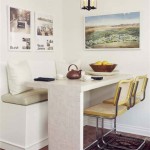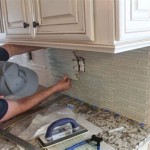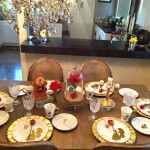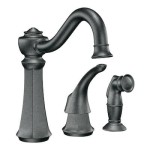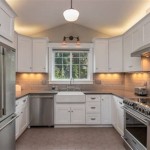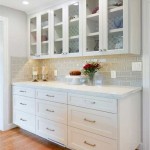Images of Open Shelving in Kitchens: A Guide to Design and Functionality
Open shelving in kitchens has become a popular design trend, offering a blend of functionality and visual appeal. This design choice, while seemingly simple, presents a myriad of possibilities, influencing the overall aesthetic and organization of the kitchen. This article explores the multifaceted world of open shelving in kitchens, providing insights into its design considerations, practical applications, and the visual impact it can have on a space.
Embracing Openness and Visual Appeal
Open shelving creates an open and airy feel, seamlessly integrating the kitchen with the rest of the living space. Unlike closed cabinets, open shelving allows for a visual display of the kitchen's contents, adding a unique character to the room. This openness can be particularly beneficial in smaller kitchens, where it can make the space feel larger. The visual display of dishes, cookware, and décor items can also serve as a decorative element, enhancing the kitchen's aesthetic appeal.
The visual nature of open shelving necessitates careful consideration of the items displayed. Choosing aesthetically pleasing cookware, dishes, and decorative elements can elevate the kitchen's design and create a cohesive visual narrative. This curated display can showcase the homeowner's personal style and create a welcoming ambience.
Functionality and Storage Strategies
While aesthetically pleasing, open shelving serves a crucial functional purpose. It provides easy access to frequently used items, eliminating the need to open and close cabinets. This accessibility can significantly improve the efficiency of kitchen tasks, particularly in busy households. However, the open nature of the shelving also demands a degree of organization and maintenance.
Optimizing storage strategies for open shelving is essential. This involves grouping similar items, strategically placing frequently used items within easy reach, and utilizing containers and dividers to maintain order and aesthetics. Choosing shelving materials like wood or metal that complement the kitchen's design can enhance its functionality and aesthetic appeal.
Considerations and Design Tips
Implementing open shelving in a kitchen requires careful planning and consideration. The design of the shelves, their placement, and the size of the kitchen itself all play a role in determining the effectiveness and visual impact of this design element.
When planning open shelving, it's crucial to assess the available wall space, the height of the shelves, and the depth required for accommodating items. Consider installing shelves with adjustable heights to accommodate various sized items. The choice of materials for the shelving, such as wood, metal, or glass, should complement the kitchen's overall style.
To ensure order and visual appeal, it's vital to consider the size and shape of the items being displayed. Use containers and dividers to create visual interest and to maintain a sense of organization. This strategic approach allows for the efficient storage of a wide range of items while maintaining the aesthetic appeal of the open shelving design.

Open Kitchen Shelves Shelving Masterclass Kitchens

Open Shelving Ideas For Your Kitchen

Should You Use Open Shelves In The Kitchen

How To Have Open Shelving In Your Kitchen Without Daily Staging The Inspired Room

9 Open Shelving Kitchen Concepts For Your Renovation

How To Have Open Shelving In Your Kitchen Without Daily Staging The Inspired Room

Farmhouse Kitchen Open Shelving Choices The Happy Housie

Open Kitchen Shelves Shelving Masterclass Kitchens

Open Shelving In The Kitchen Pros And Cons

22 Best Open Kitchen Shelving Ideas And Decor
See Also

